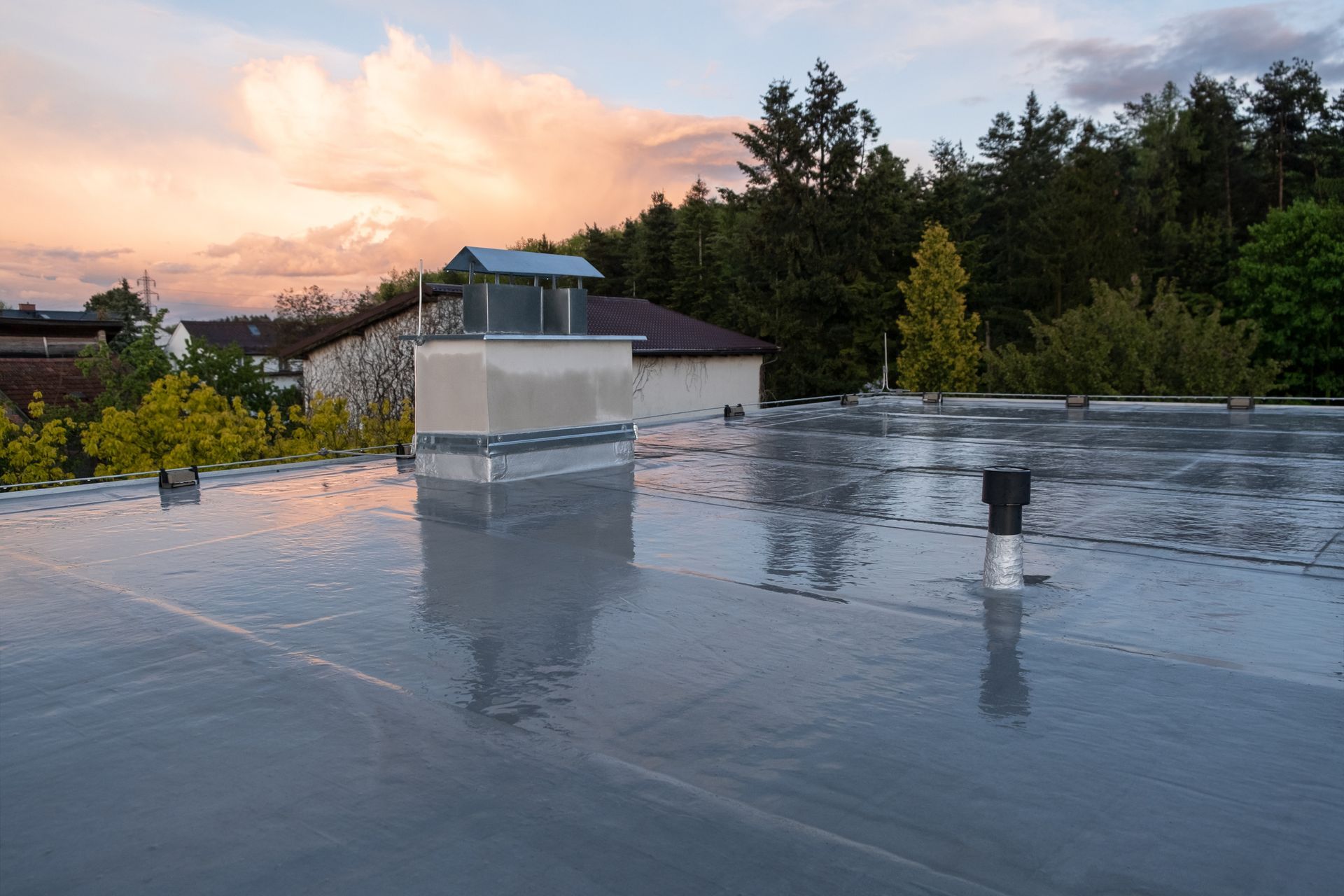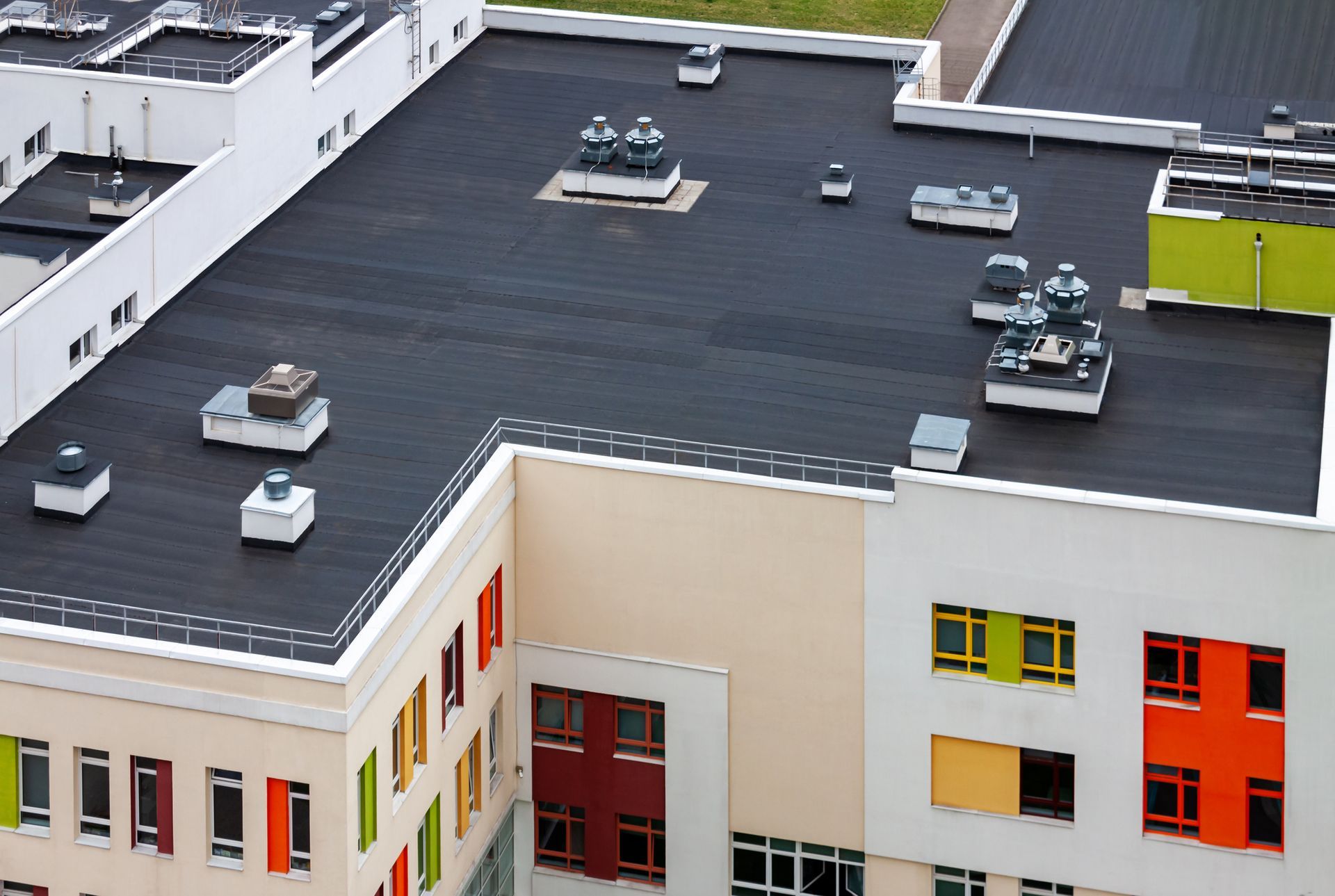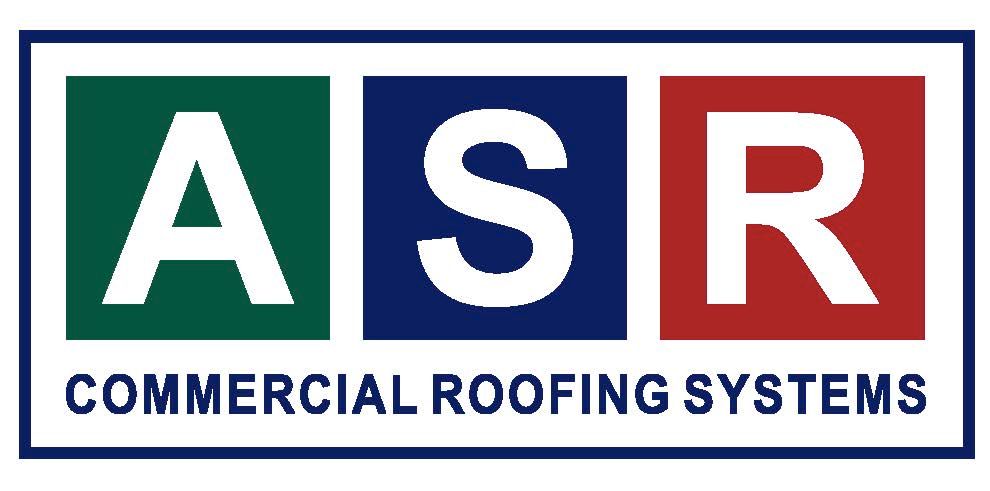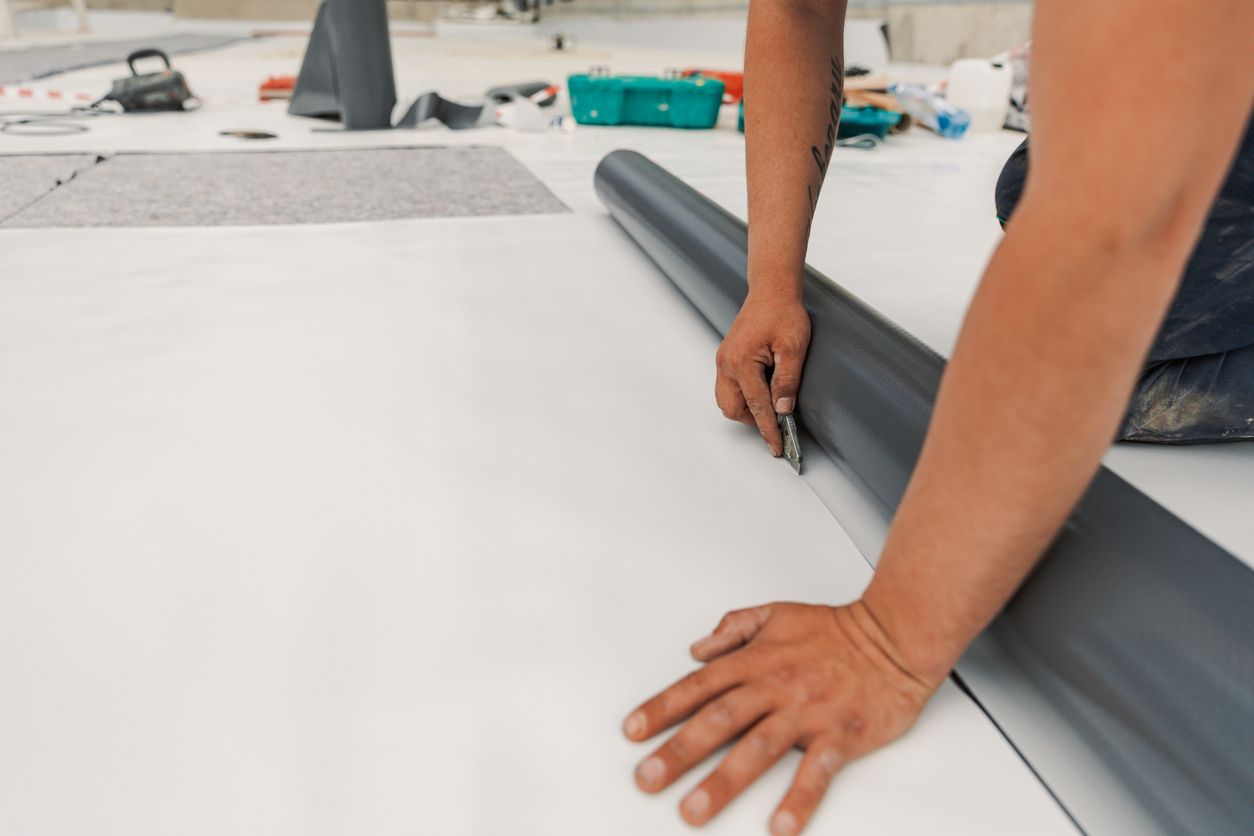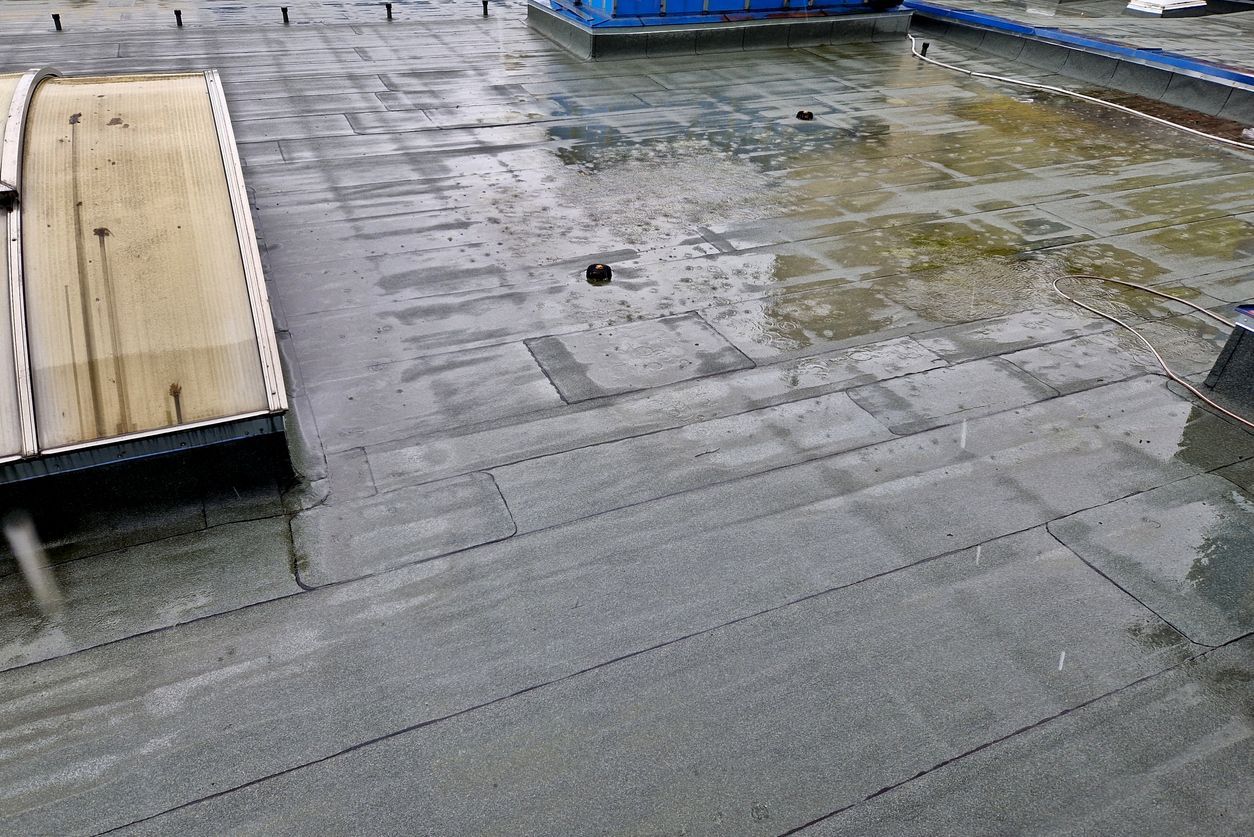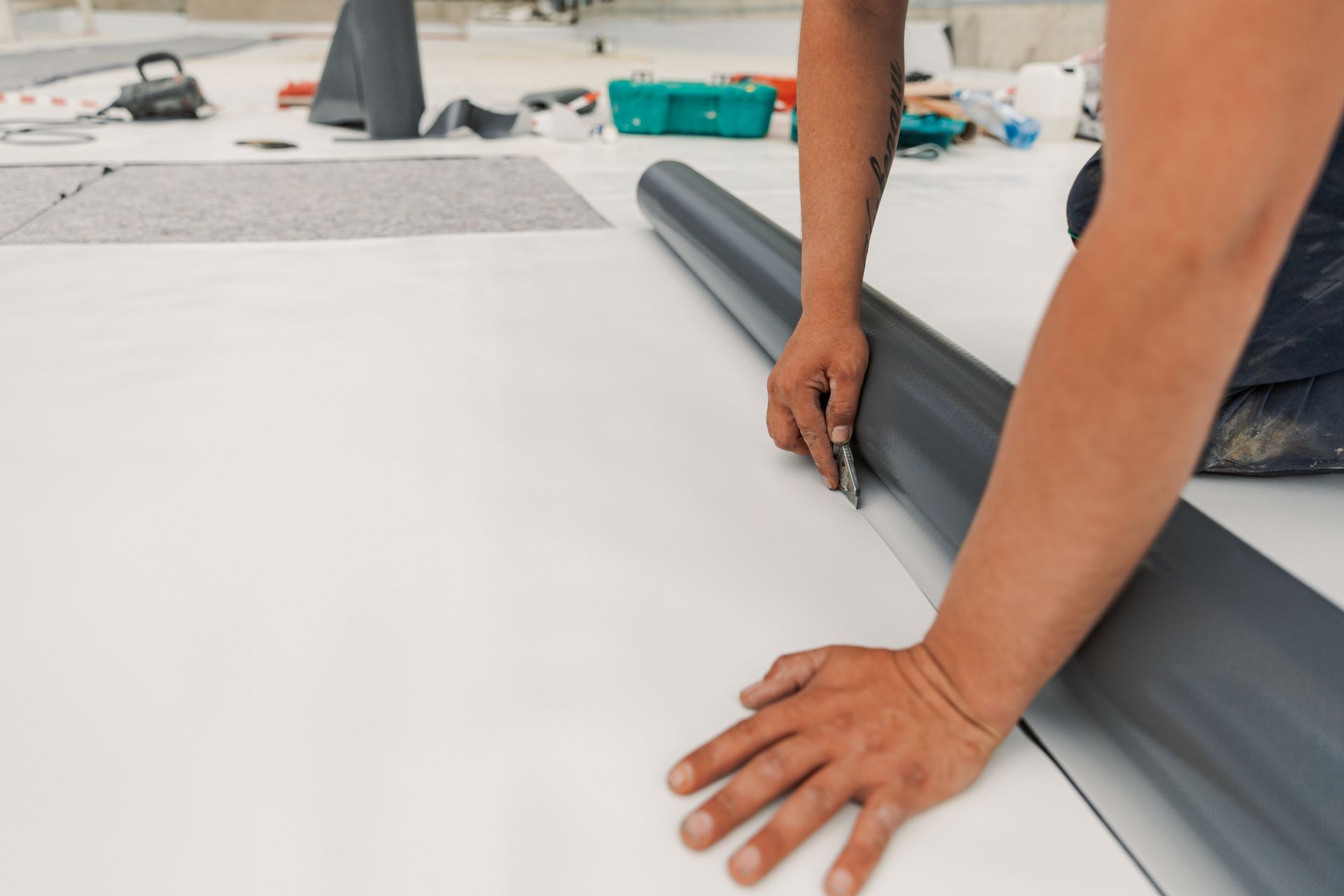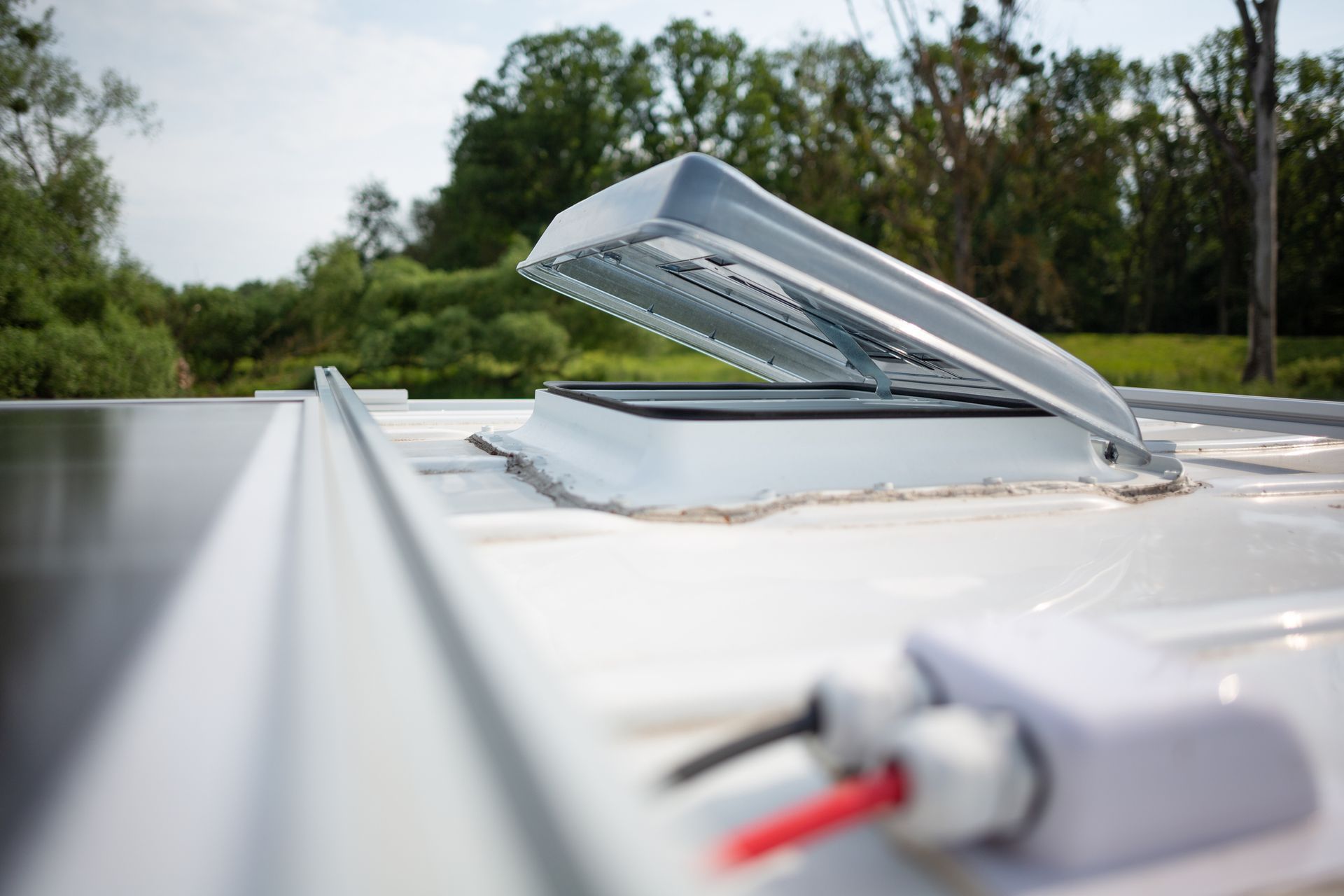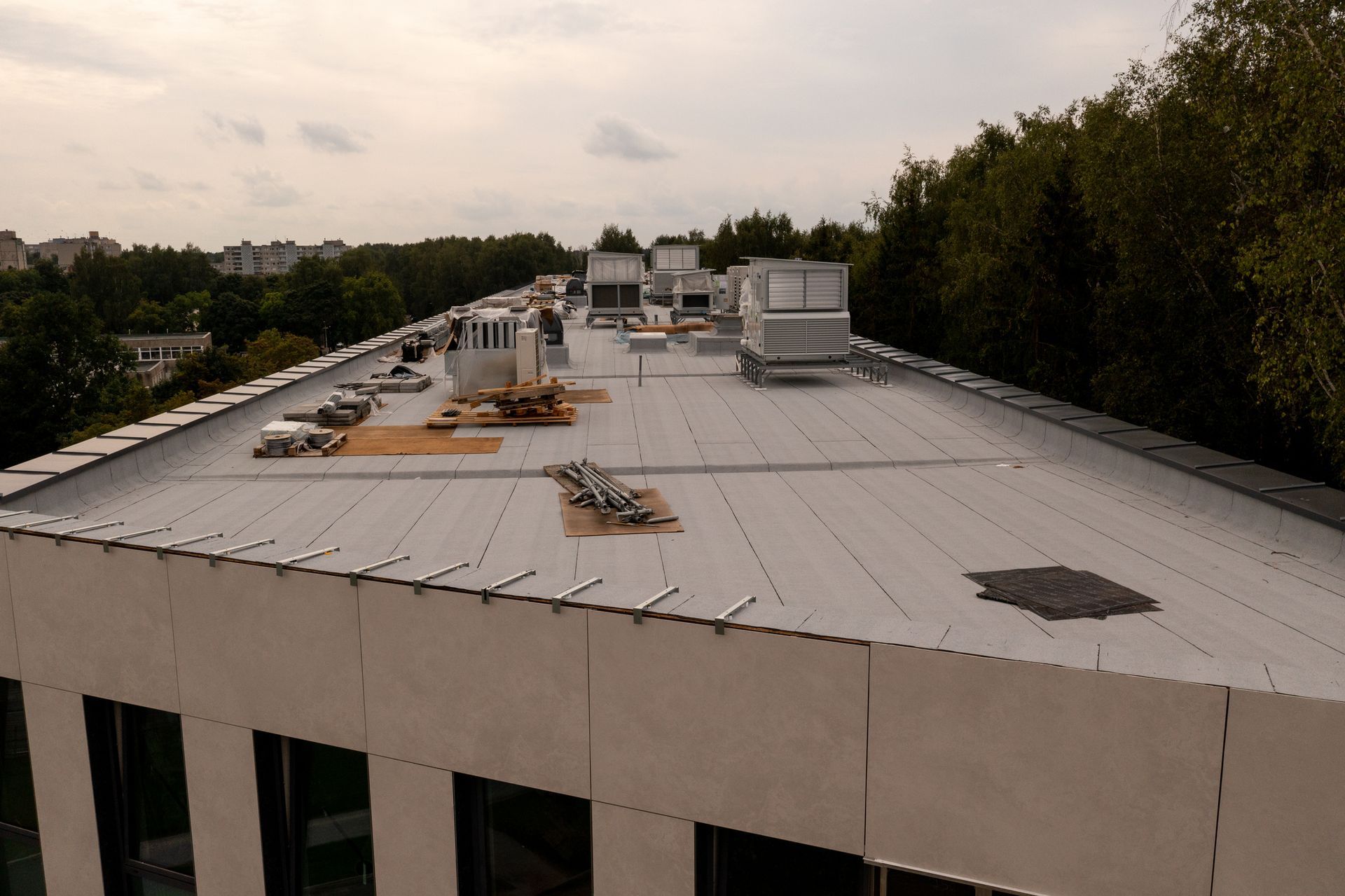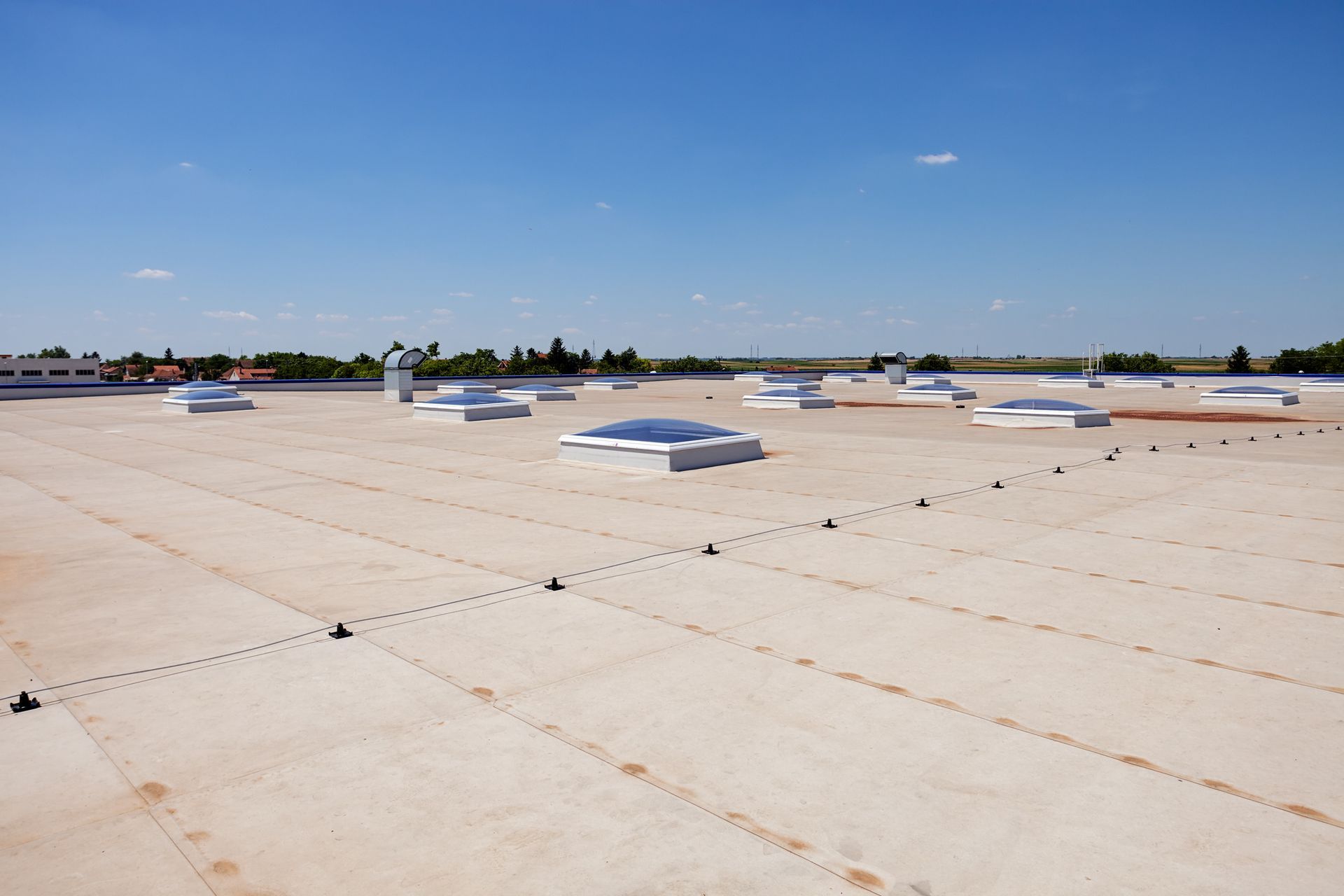3 Essential Elements of Roofing Insulation
After your commercial roof is installed, there’s a tendency among owners and property managers to forget about it for the time being. But, once an issue arises, you’ll quickly remember the cost of that roofing bill and hope for the best with any repairs.
Instead of waiting for the worst to happen, you can take better care of your roof by keeping it properly maintained and understanding how it is working for you. Your roof is a complex system and one of its major components is its insulation.
How your roof functions can impact the performance and operations costs of your building. About 90% of commercial roofs are low-slope designs that are attached to a concrete or steel deck. With these systems, the three elements of roofing insulation are: thermal barrier, drainage, and working platform. By maximizing the role of each roofing insulation element, you can increase the ROI of your commercial roof.
What is Your Roof Insulation’s Thermal Function?
The primary function of a roof’s insulation is to act as a thermal barrier for your building. Heat will move through your building through several methods – conduction, convection, and radiation. These involve heat transfer through solid materials, liquid or gases, and sunlight respectively.
The strategies for controlling heat transfer vary depending on what sort of heat you are trying to control. For example, if you are trying to control conduction, you will increase the R-value of the roof’s insulation. If radiation is a concern, you can install a roof surface that is climate-appropriate.
To control convection, the best strategy is to control air movement and moisture movement in the roof system. Some typical solutions are the installation of an air barrier with approved materials such as plywood, cement, OSB, and gypsum boards. A vapor retarder can address moisture movement and should be appropriate to your climate and conditions.
How Your Roofing Insulation Promotes Drainage
Your roof’s insulation can also work as a roofing drainage system. By tapering insulation boards, your roofing contractor can direct water away from curbs and walls and towards gutters and drains.
To drain and direct water adequately, a roof needs a minimum 1/4-inch drop over 12 inches. Some roofs can have complicated geometry, so higher slopes could be necessary in some cases to ensure that all areas of the roof adhere to the minimum required slope.
Is Your Roof’s Insulation Providing the Best Working Platform?
Over the life of your roof, its insulation will provide a working platform for various trades during maintenance and construction. Your roofing insulation might need temporary protection prior to the system’s completion, and permanent protection after the roof is installed.
One excellent way to protect your roof’s insulation is with cover boards. Alternatively, you can choose insulation that has a certain compression strength and install some walkways. As additional protection, you should monitor who accesses your roof and inquire how trades plan to do any work once up there.
Choose All Seasons Roofing for Your Commercial Flat Roofing Needs
At All Seasons Roofing, LLC, we specialize in the installation, repair, and maintenance of commercial flat roofs. To provide our clients with the best products available, we offer EPDM and TPO roofing systems.
We can provide affordable and quick turnaround for all your roofing assessments and repairs. We also do full roof replacements and can help you protect your investment with our Annual Flat Roofing Maintenance Program.
Contact us now to learn more about our commercial roofing services for clients throughout central Missouri.
The post 3 Essential Elements of Roofing Insulation appeared first on All Seasons Roofing.
